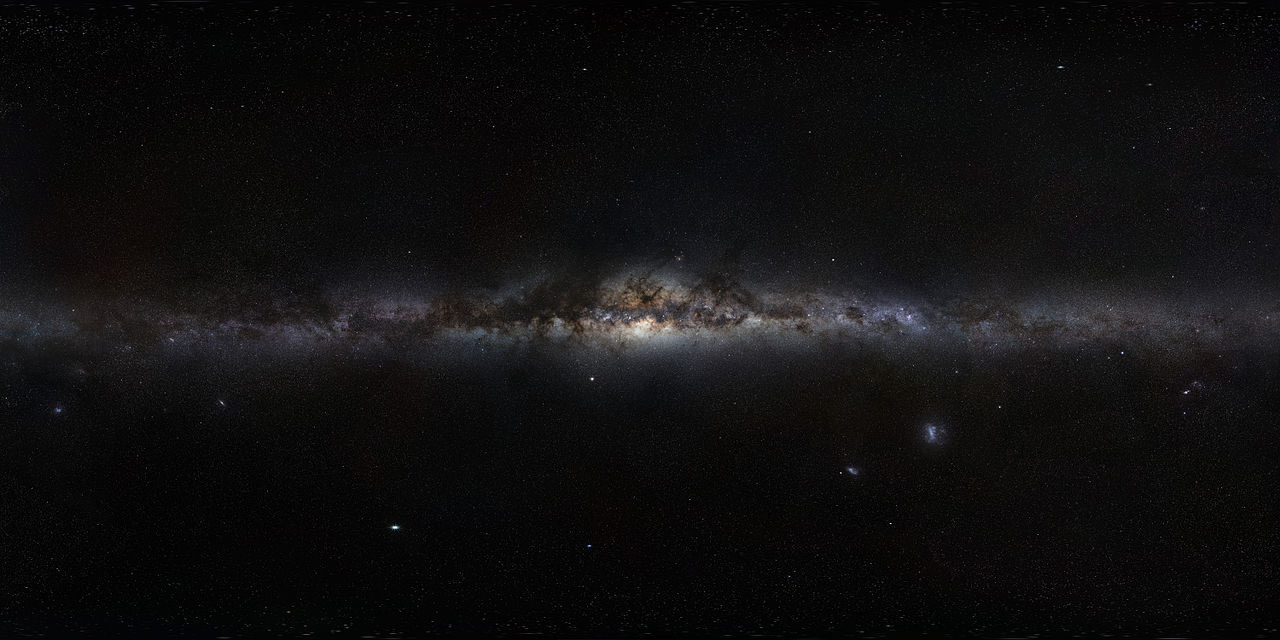The Milky Way: Our GALAXY
6.21 - Understand the appearance of the Milky Way from Earth as seen with the naked eye15.1 - Understand the appearance of the Milky Way from Earth as seen with binoculars or a small telescope
The Milky Way is named because it looks like a path in space that looks 'Milky'.
With the naked eye it looks like a furry light irregular column in the sky. We only see this bright long area, we can't make out any stars that we could see with binoculars. With binoculars, the Milky Way’s haziness is cleared a little and we can make out individual faint small stars.
Using a telescope we can see that the Milky Way comprises of countless stars which we can see clearly. Sweeping along the Milky Way this continues; if we move the telescope away from the Milky Way a little, we will see less stars.
What we see of the Milky Way is actually the plane of our own galaxy.
All other stars we see in the night sky with the naked eye are part of the Milky Way and they are only our close neighbours.
The Milky Way is part of a group of 30 or so galaxies called the Local Group. This group is one of many in an even bigger group called a supercluster which is part of the Universe.
The Milky Way is just one of billions of galaxies in the Universe.
What's your address?
Imagine...
Imagine writing a postcard to a friend from the other side of space.
Neil Armstrong
11 Apollo Road
London
United Kingdom
Earth
Orion Arm
Milky Way
Local Group
Virgo Supercluster
The Universe
Oops, we forgot the Postcode!
Video
Links
Chromoscope See the Milkyway in different frequencies
Axel Mellinger Virtual Reality Milky Way Panorama
Astronomy Picture of the Day Milky Way
Curious about Astronomy Milky Way Q & A





 | © All Rights Reserved |
| © All Rights Reserved |